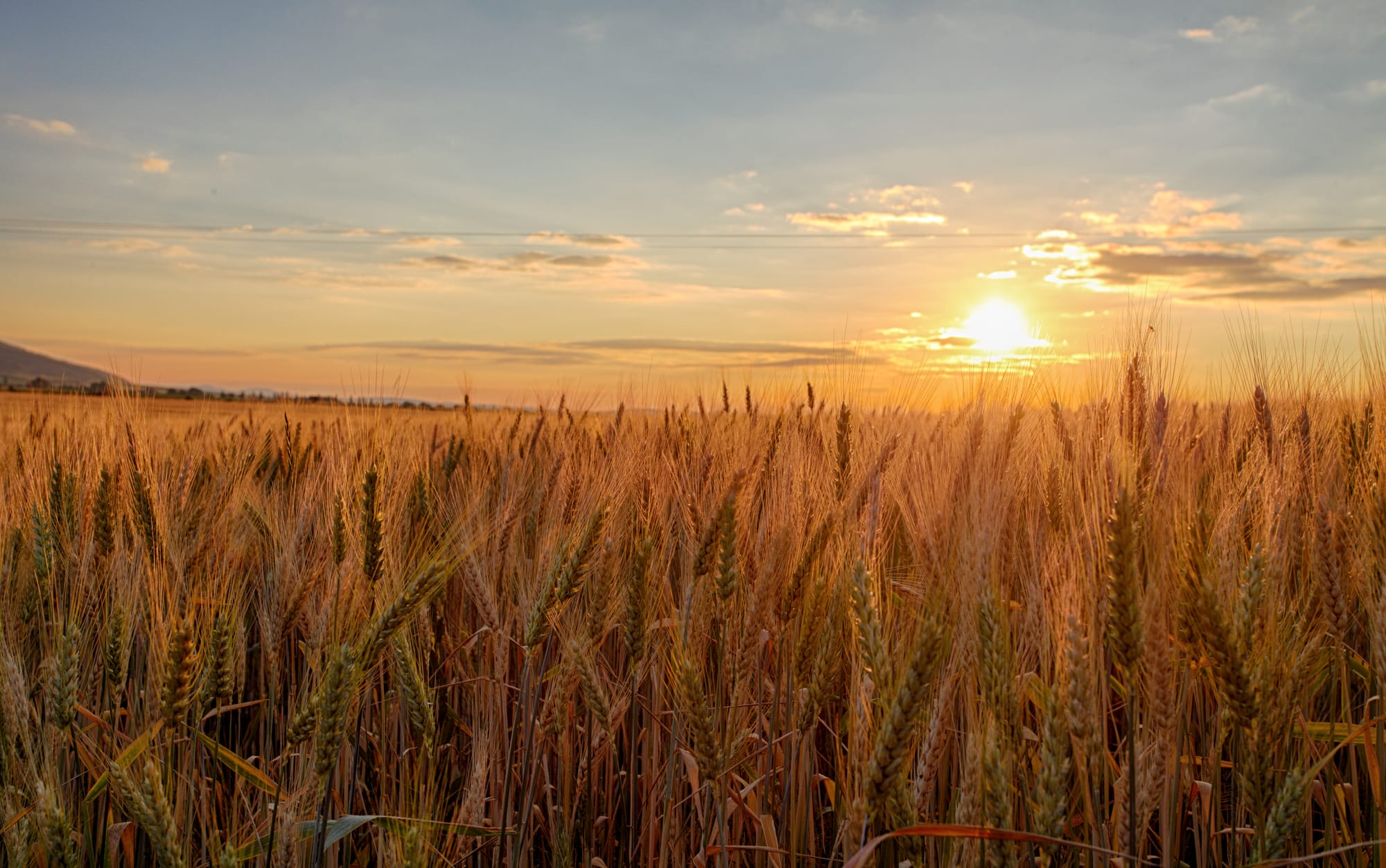What is the West?

I was invited to answer this question for High Desert Journal alongside other western writers: https://www.highdesertjournal.org/what-is-the-west/#laughlin
The West I know has a speckled hawk on a telephone pole every quarter mile. It’s spotted with dust devils after plowing, flushed red when the cheatgrass is up, smeared with the haze of wildfire smoke—dependably now—every mid-summer. It’s the west-of-the-Rockies West. The not-Seattle West. The in-between. The scabland.
The West I know is rich hay farmers and poor migrant workers picking in apple orchards and vineyards. It’s lacquered nails and small-town gossip. It’s a local pizza place boarding up because Pizza Hut came to town. It’s people being glad to see Walmart and Starbucks, because it feels like catching up to the rest of the world. It’s watching hours of the Travel Channel, the Food Network, the Discovery Channel: an easy transport to places that feel more important. It’s fast-food deserts and hard drugs. It’s a place where recycling is a liberal agenda.
The West I know is scraped knuckles and the smell of diesel. It’s wrapping duct tape over broken duct tape over 40-year-old truck pedals, because people are independent to a fault. It’s where farmers leave keys above the sun visor, because if a fellow made it to that cab in the middle of nowhere, he’d deserve a drive.
It’s a place where “middle of nowhere” is said with both pride and disdain.
In the middle of nowhere, I plucked small horned toads from the wheat rows and tried to calm them. My father taught me to stroke the horned toad’s head, between the eyes, with the pad of one finger. If you are patient, the toad will let you flip it to its back in your palm. It will close its eyes and let you pet its delicate white belly. I understood this as a kindness, until I was older and read that the toad freezes from fear: one last-ditch effort at escape, because no matter how fondly you feel about the toad, you’re the predator.
nails and small-town gossip. It’s a local pizza place boarding up because Pizza Hut came to town. It’s people being glad to see Walmart and Starbucks, because it feels like catching up to the rest of the world. It’s watching hours of the Travel Channel, the Food Network, the Discovery Channel: an easy transport to places that feel more important. It’s fast-food deserts and hard drugs. It’s a place where recycling is a liberal agenda.The West I know is scraped knuckles and the smell of diesel. It’s wrapping duct tape over broken duct tape over 40-year-old truck pedals, because people are independent to a fault. It’s where farmers leave keys above the sun visor, because if a fellow made it to that cab in the middle of nowhere, he’d deserve a drive. It’s a place where “middle of nowhere” is said with both pride and disdain. In the middle of nowhere, I plucked small horned toads from the wheat rows and tried to calm them. My father taught me to stroke the horned toad’s head, between the eyes, with the pad of one finger. If you are patient, the toad will let you flip it to its back in your palm. It will close its eyes and let you pet its delicate white belly. I understood this as a kindness, until I was older and read that the toad freezes from fear: one last-ditch effort at escape, because no matter how fondly you feel about the toad, you’re the predator.